Nestled in the sun-kissed fields of certain regions, a flower emerges as a symbol of culinary opulence and cultural heritage – the Saffron Crocus, or Crocus sativus. This unassuming bloom, with its delicate petals and vibrant orange-red stigma, carries within it the prized saffron threads, a spice that has enchanted civilizations for centuries.
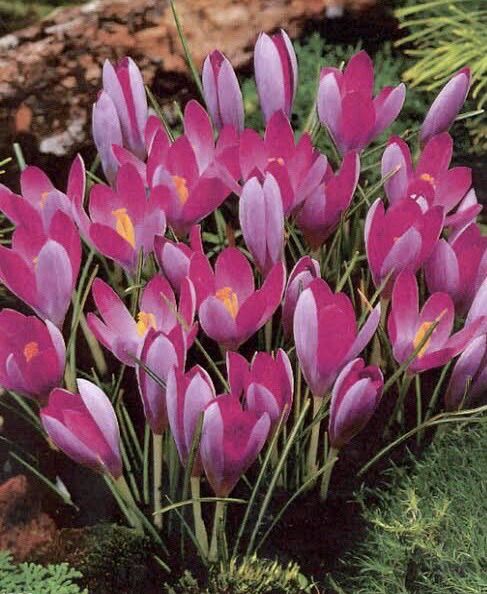
The Saffron Crocus is a perennial plant known not only for its exquisite beauty but also for the valuable spice derived from its three red stigma threads. Each flower, characterized by its lilac-purple petals with a fiery-red stigma protruding from the center, opens in the autumn, creating a mesmerizing tapestry across fields where the saffron crocus thrives.
The process of harvesting saffron is a labor-intensive art that has been perfected over generations. Skilled hands delicately pluck each stigma by hand, often early in the morning when the flowers are in full bloom. The vivid red threads are then carefully dried to preserve their intense flavor, aroma, and rich color, creating the highly coveted spice that graces the culinary traditions of various cultures.
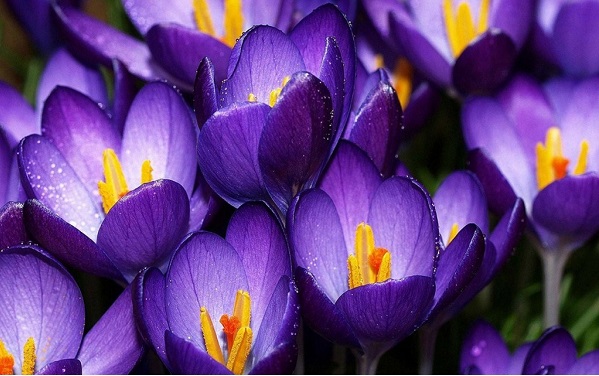
Beyond its culinary significance, saffron holds a place in cultural rituals and traditions. In many societies, it is a symbol of luxury, abundance, and even divine connection. Its vibrant hue has adorned textiles, religious ceremonies, and even art throughout history, adding a touch of regality to various aspects of life.
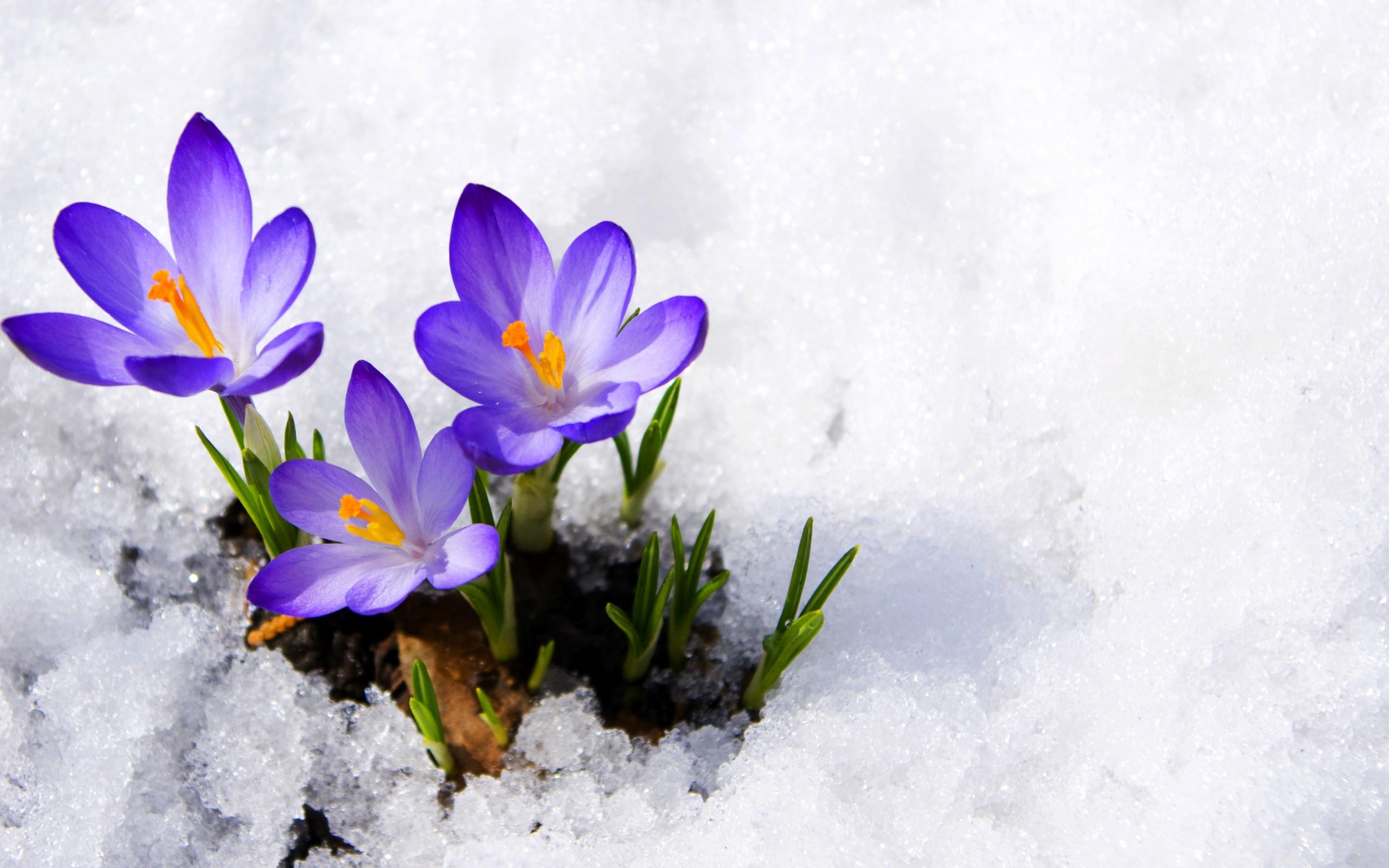
Cultivating saffron requires specific conditions, including well-drained soil, abundant sunlight, and a climate with hot, dry summers and cool winters. This specific set of requirements contributes to the exclusivity of saffron cultivation, making it a delicacy that thrives in select regions around the world.
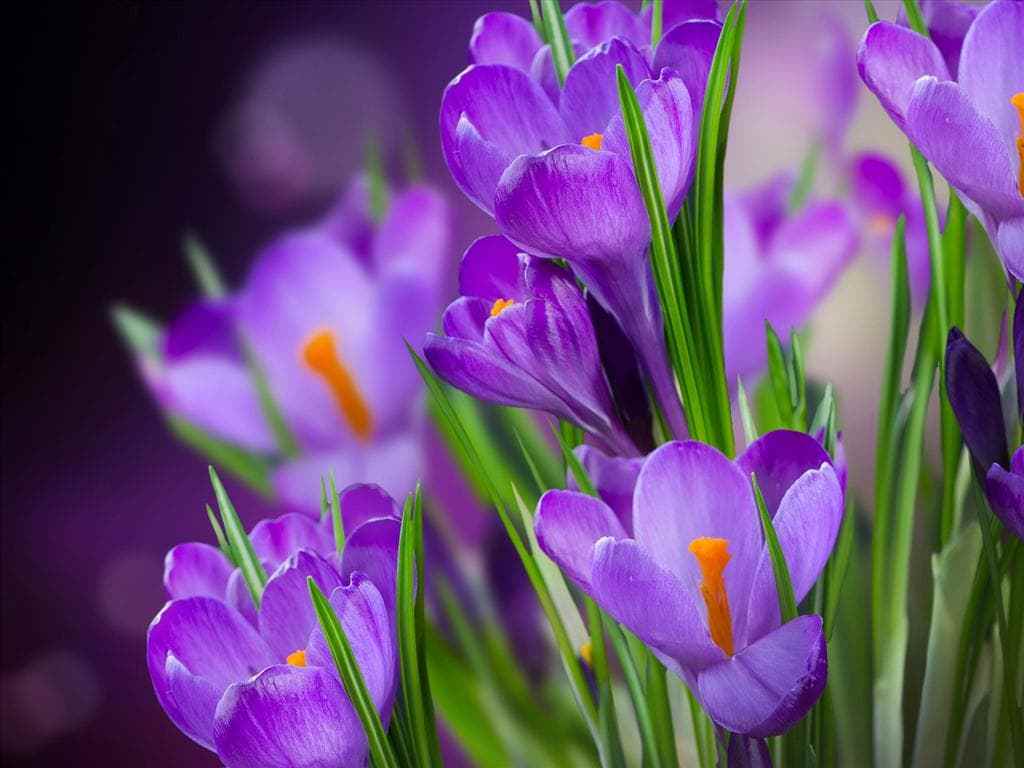
Saffron’s culinary applications are as diverse as the cultures that cherish it. From enriching paellas in Spain to flavoring biryanis in India, saffron brings a unique combination of color, flavor, and aroma to a variety of dishes. Its subtle yet distinct taste adds a sophisticated touch, making it one of the most sought-after and expensive spices in the world.
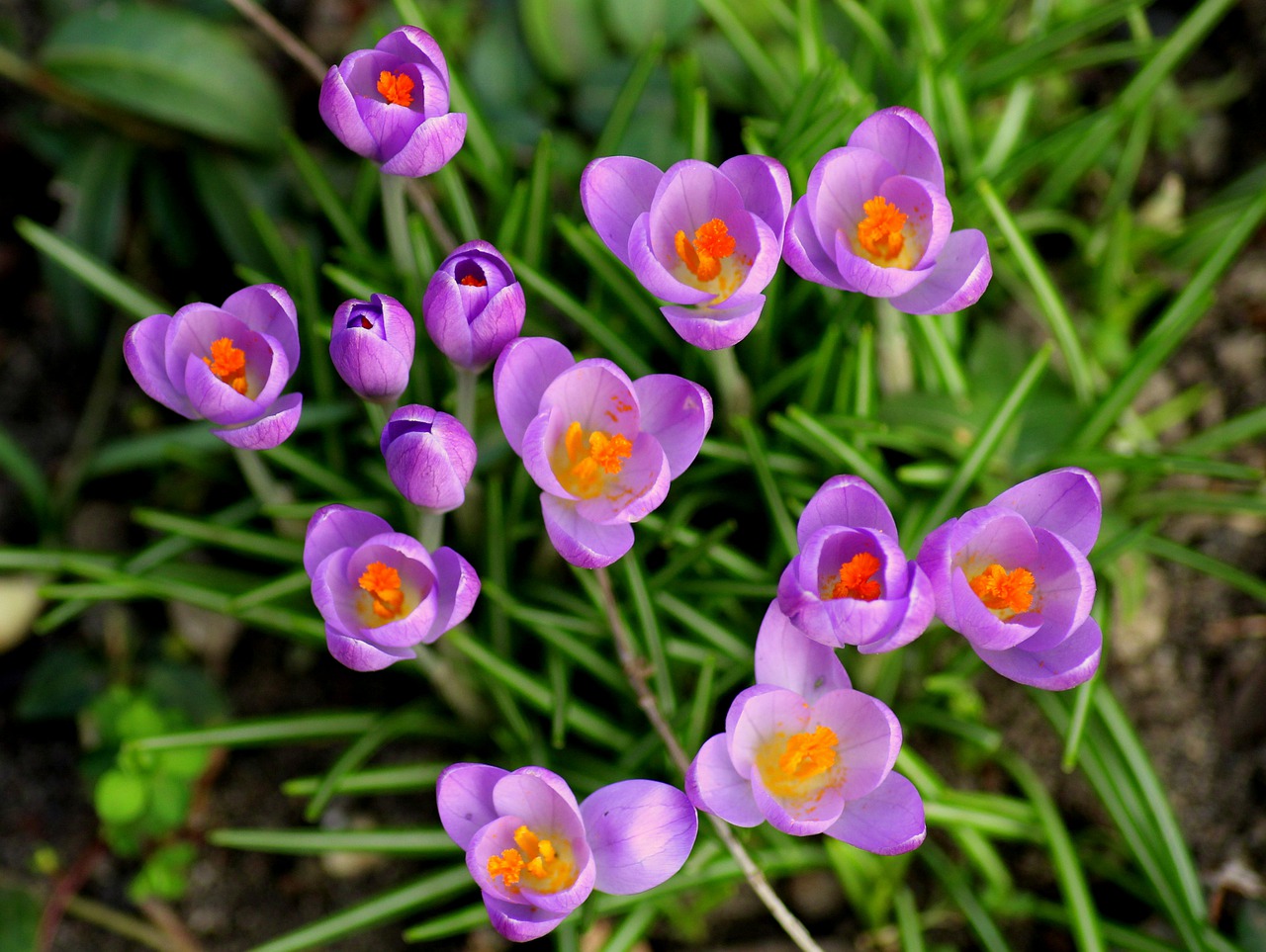
The allure of saffron extends beyond the culinary realm; it is a testament to the delicate balance between nature’s beauty and human craftsmanship. As saffron fields bloom in a riot of colors during the harvest season, they create a visual spectacle that mirrors the rich tapestry of cultures and traditions interwoven with this precious spice.

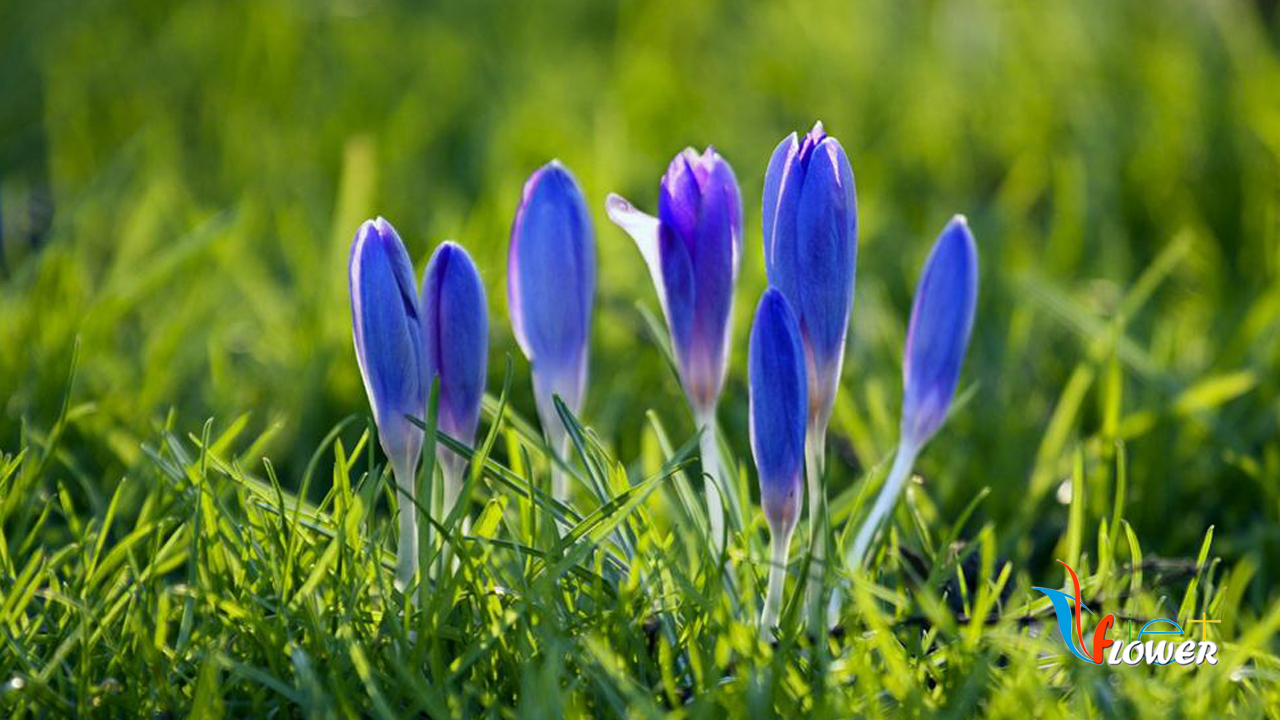

In the journey from flower to spice, the saffron crocus encapsulates the essence of artistry, culture, and culinary excellence. Its radiant splendor not only graces our tables but also serves as a reminder of the profound connection between nature and the intricate threads of human history.





